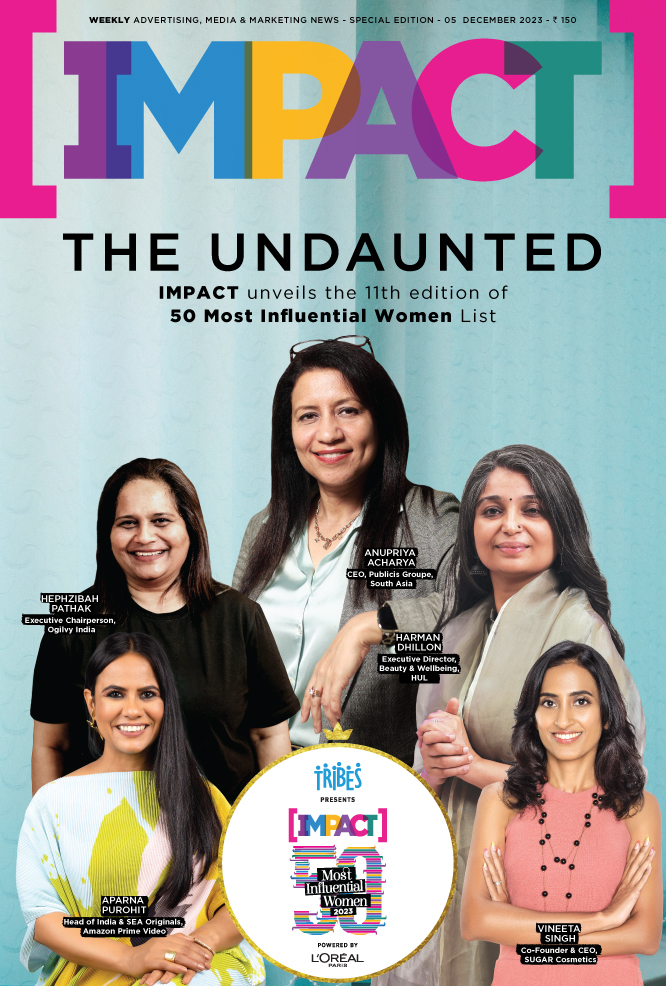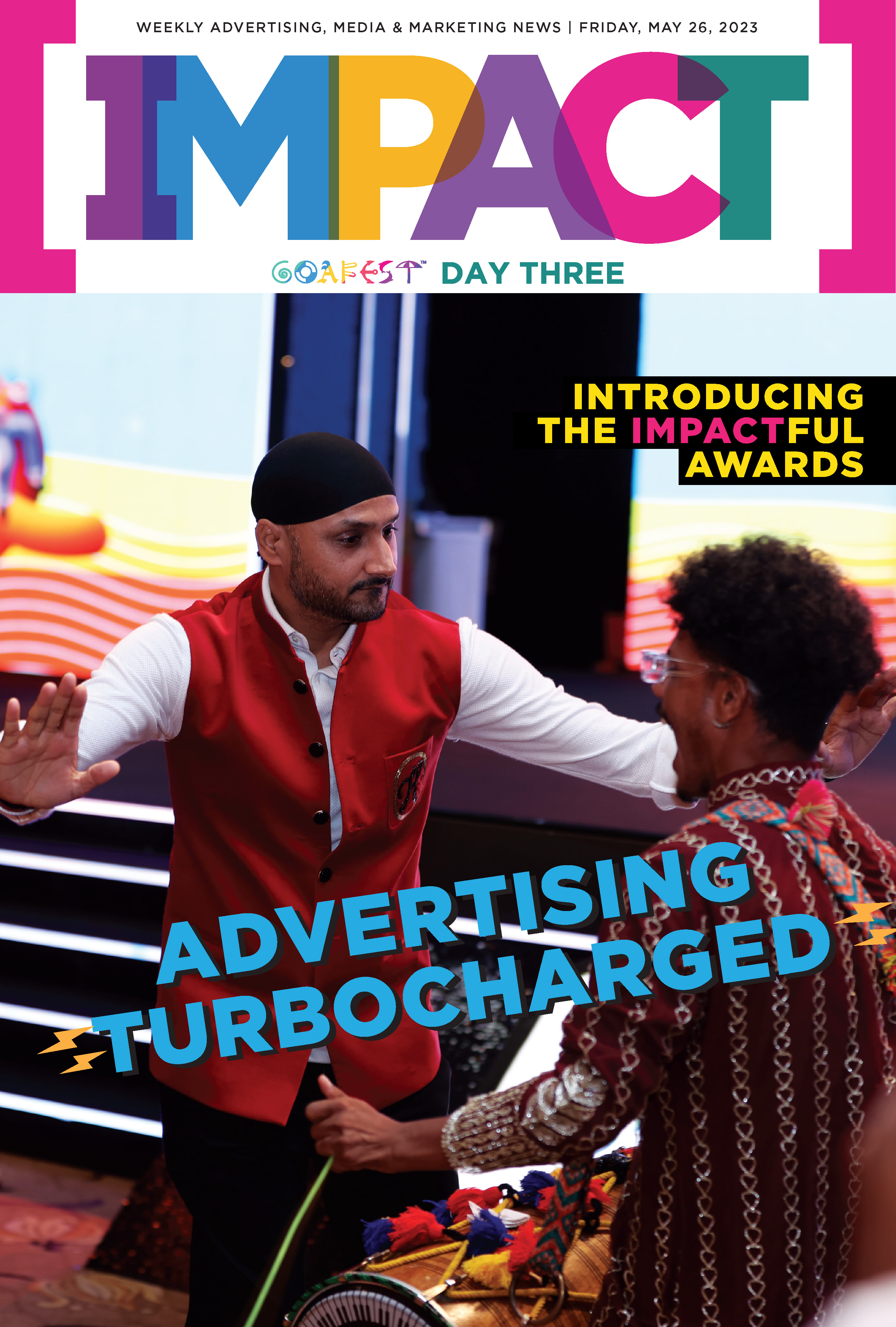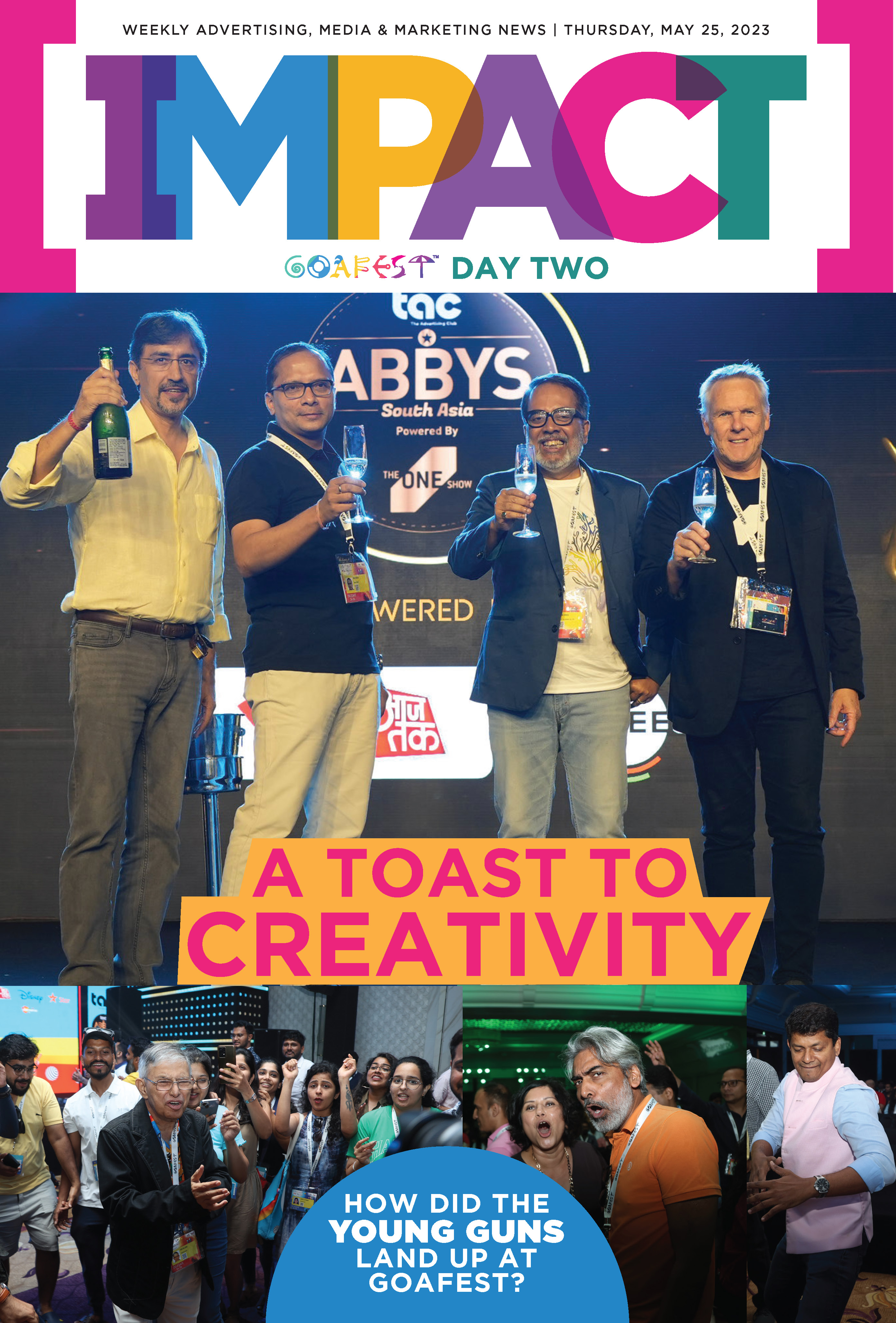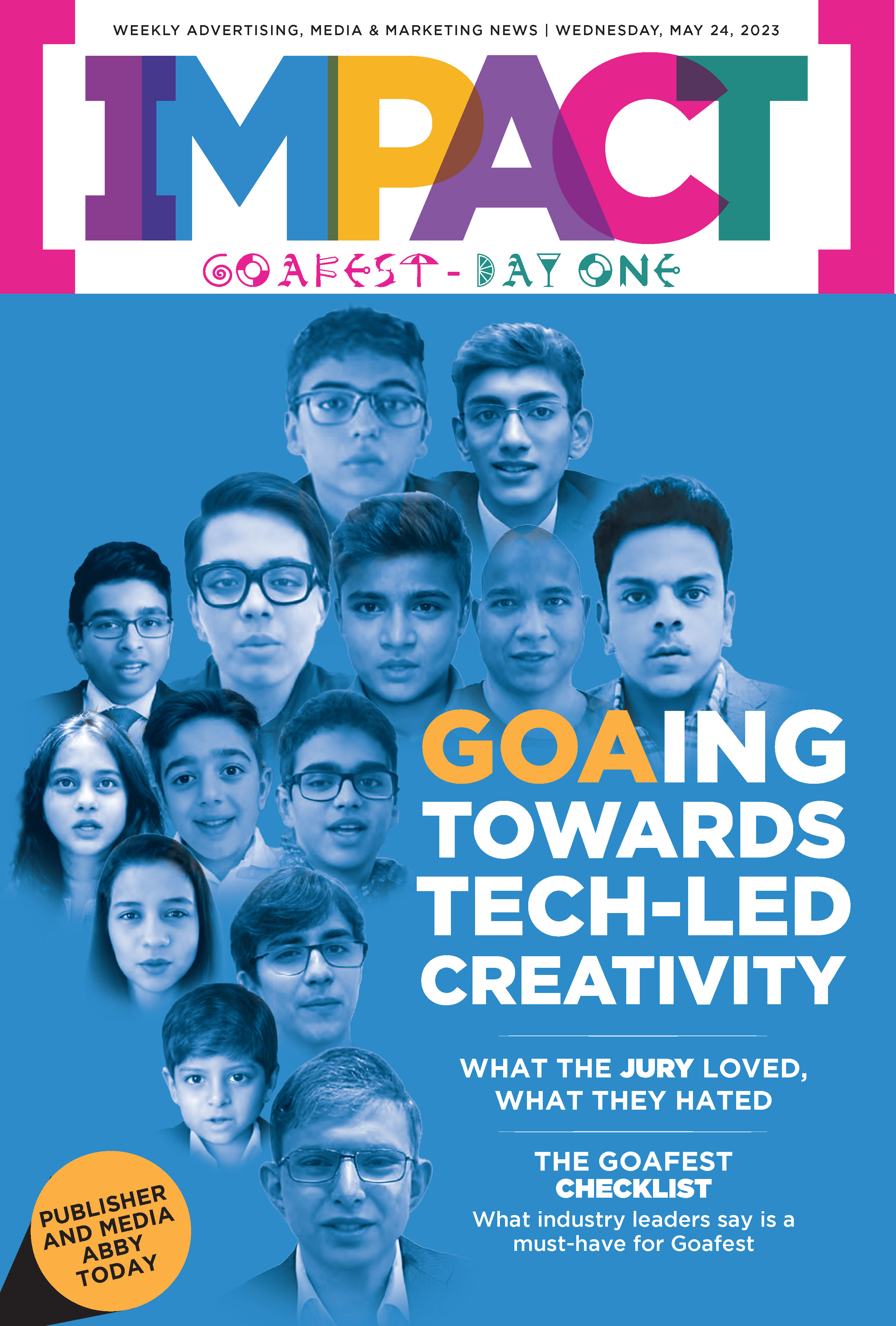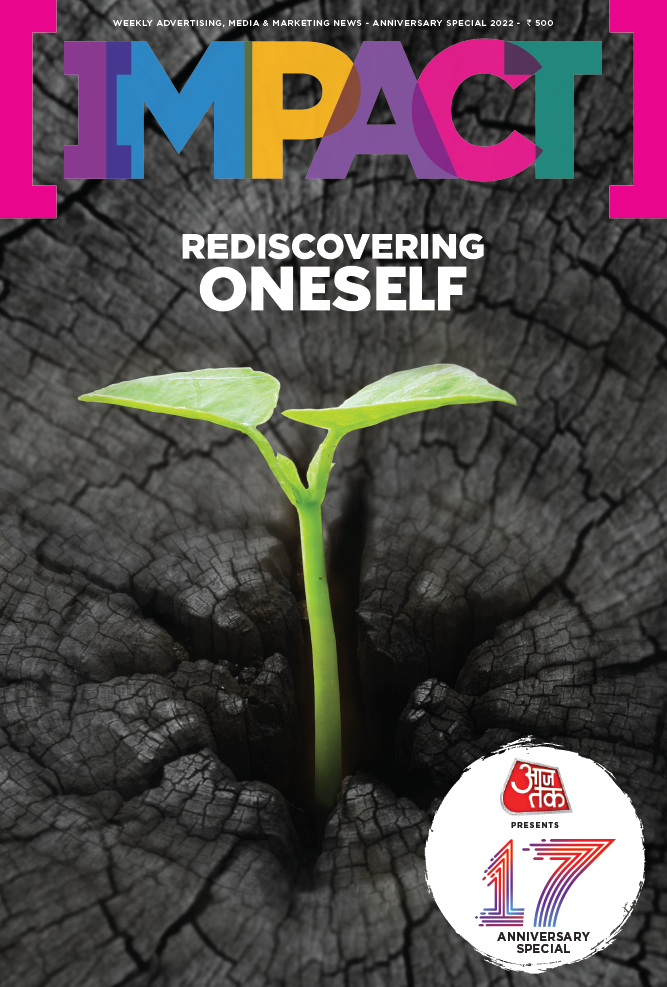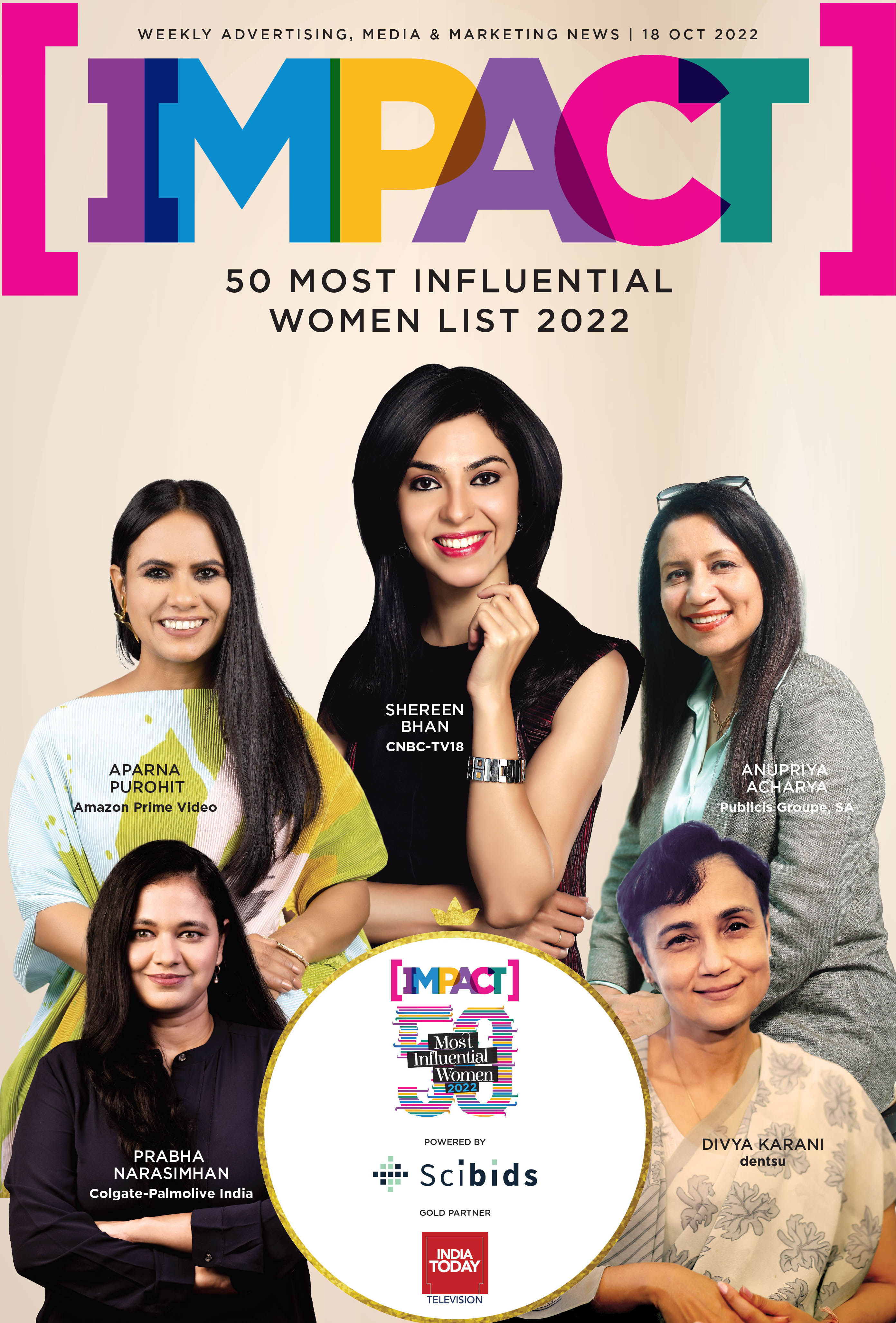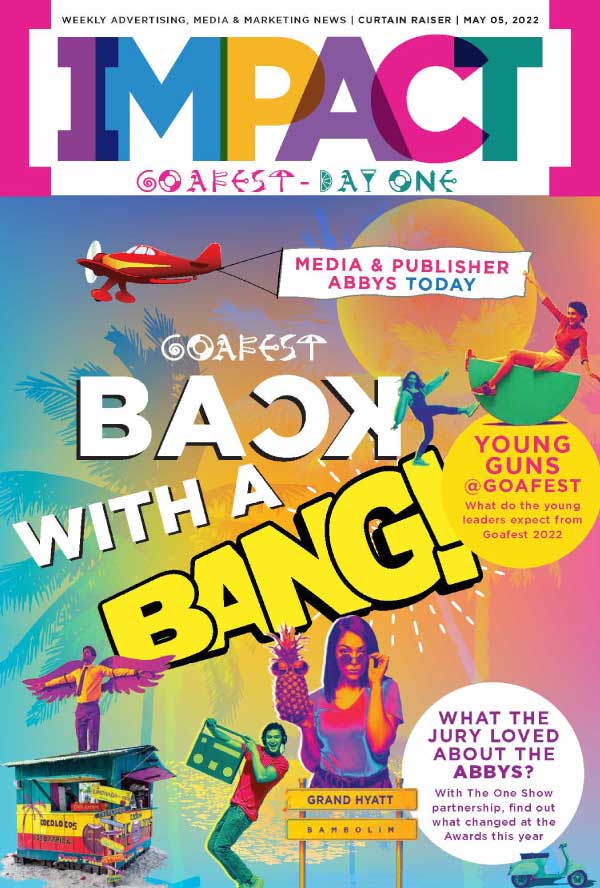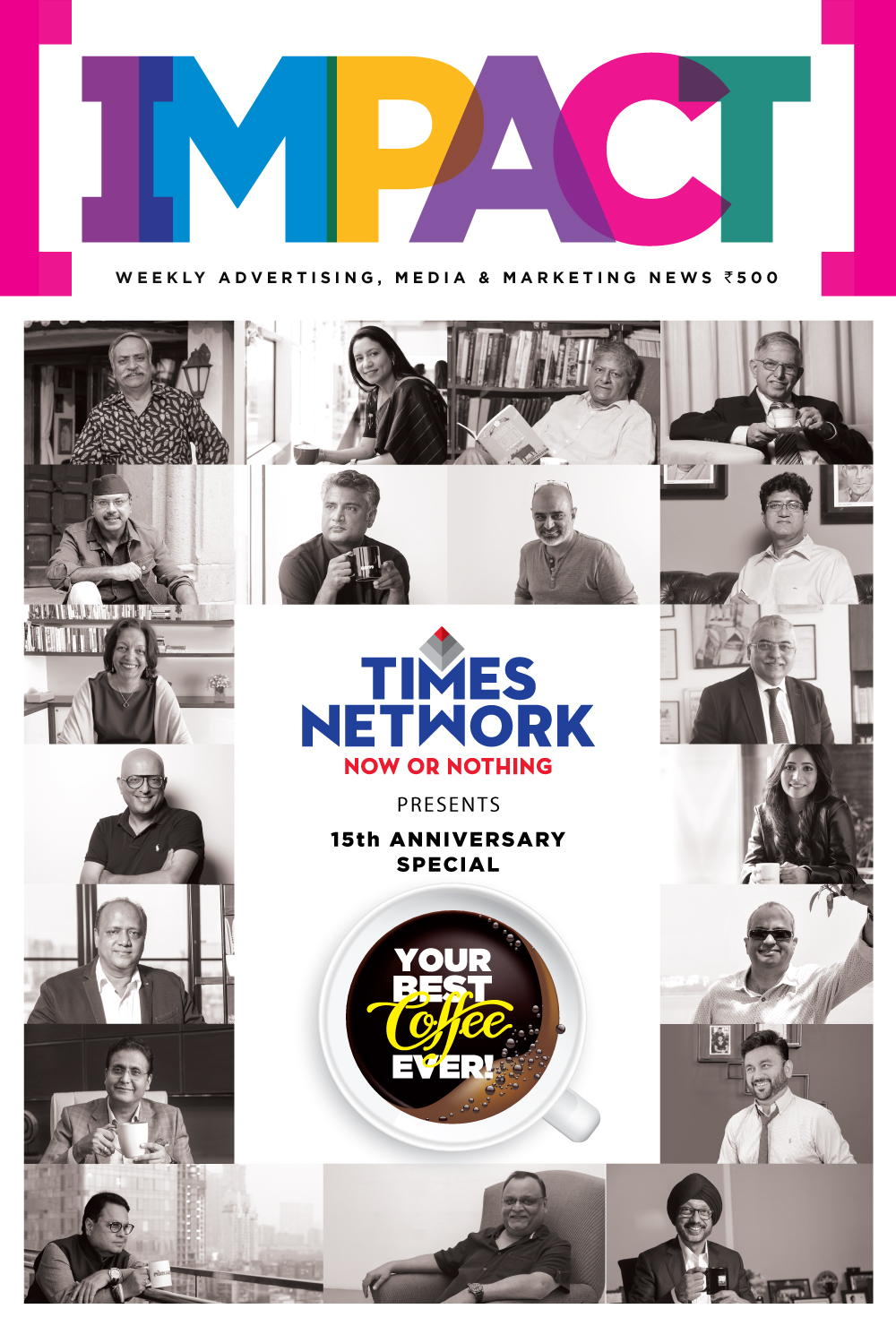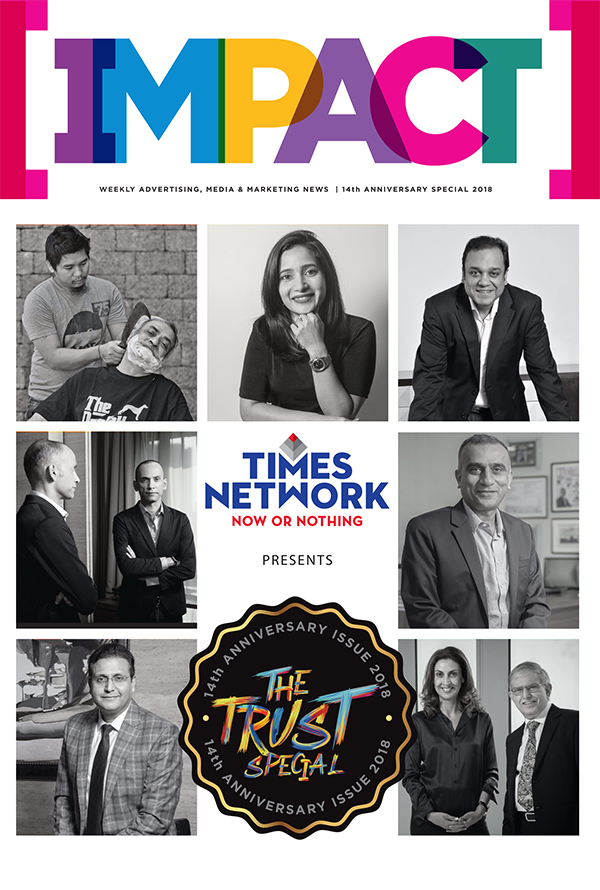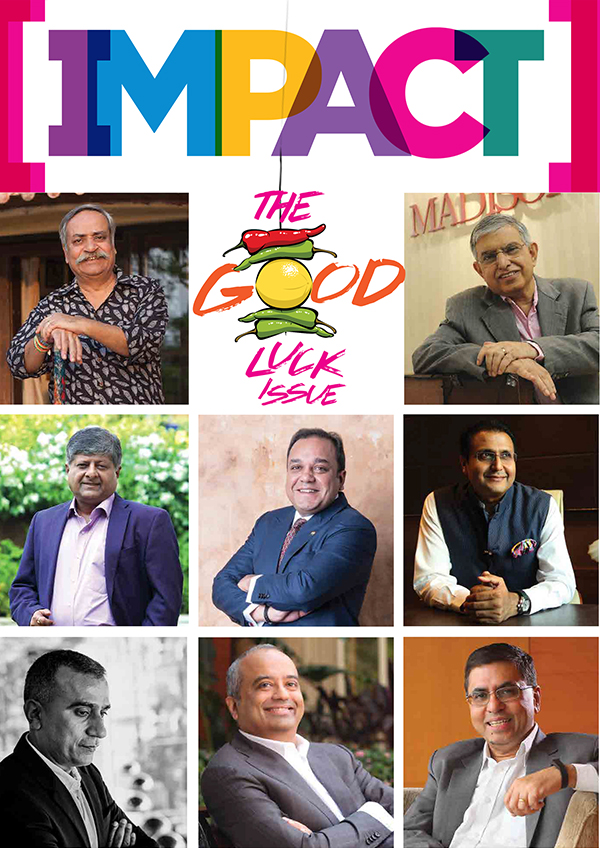A few days ago, when PUMA temporarily changed its signage to PVMA across billboards, storefronts, social media handles; the audience went from an initial state of shock over what looked like a brand/agency oversight resulting in a spelling mistake, to applauding the brand for its clever marketing. A subtle change in the signage to welcome Olympic Gold Medalist PV Sindhu as the brand ambassador had managed to make PUMA the talk of the town. Now, if we were to narrow it down a little more to brand logos, there is another example that takes the cake.
Recently, Nike put out giant hoardings across Mumbai ahead of the Tata Mumbai Marathon without even as much as a mention of the word ‘Nike’ or its tagline ‘Just do it’. A swoosh was all the OOH campaign carried, along with a motivational quote. And yet one had no problem recognising the brand which had spent crores on that hoarding. That’s the kind of equity the logo has in the evolution of Nike as the go-to sportswear brand.
There are logos that completely spell out the brand name and then there are those with a unique visual that over time have come to symbolise the brand. For e.g., when you drive down a highway and spot the iconic Golden Arches from a distance, and are instantly overtaken by the cravings for some McDonald’s signature burgers and fries.
 “What comes to mind when I say: Swoosh, Golden Arches, Two circles interconnected, Green Mermaid, a circle with Red and Blue or a Three points star? Chances are you guessed immediately the following: Nike, McDonald’s, Mastercard, Starbucks, Pepsi and Mercedes, perhaps in the first attempt or maximum a second. That is the power of logomarks. They play upon the human mind’s intuitive ability to remember shapes and colours to become instantly recognisable and, in time, become more effectively etched in the memory. While there are timeless and strong word marks, namely Coca-Cola, FedEx among others, a symbol or logo mark becomes easier to remember and also implement,” says Arnab Ray, Executive Creative Director, Landor.
“What comes to mind when I say: Swoosh, Golden Arches, Two circles interconnected, Green Mermaid, a circle with Red and Blue or a Three points star? Chances are you guessed immediately the following: Nike, McDonald’s, Mastercard, Starbucks, Pepsi and Mercedes, perhaps in the first attempt or maximum a second. That is the power of logomarks. They play upon the human mind’s intuitive ability to remember shapes and colours to become instantly recognisable and, in time, become more effectively etched in the memory. While there are timeless and strong word marks, namely Coca-Cola, FedEx among others, a symbol or logo mark becomes easier to remember and also implement,” says Arnab Ray, Executive Creative Director, Landor.
Today, we’ve come a long way from the days of loud, in-your-face branding. The most powerful brands whisper sweet nothings, relying on subtle cues to capture our attention and the most potent cue of all is a simple, wordless logo. And brands are often not just limiting it to packaging but have also gone beyond to advertise through hoardings, storefront signages and more.

 “At McDonald’s, the golden arches are more than just a logo— it is a distinctive asset that has been building brand recognition and recall over decades and across geographies. It is a visual so easily recognisable and unique that it’s unmistakably McDonald’s. Over the years, for the consumers, this consistent identity has become synonymous with trust, quality, and playfulness, creating a powerful brand differentiator that cannot be replicated. This emotional connection runs deep, rooted in nostalgia and a promise of mindful indulgence that McDonald’s has delivered consistently over the years. Also, it isn’t just about being recognised; it’s about being chosen—in a crowded marketplace - and this ensures that we remain top-of-mind and close to the hearts of our consumers in India and around the world,” says Arvind R.P, CMO, McDonald’s India (W&S).
“At McDonald’s, the golden arches are more than just a logo— it is a distinctive asset that has been building brand recognition and recall over decades and across geographies. It is a visual so easily recognisable and unique that it’s unmistakably McDonald’s. Over the years, for the consumers, this consistent identity has become synonymous with trust, quality, and playfulness, creating a powerful brand differentiator that cannot be replicated. This emotional connection runs deep, rooted in nostalgia and a promise of mindful indulgence that McDonald’s has delivered consistently over the years. Also, it isn’t just about being recognised; it’s about being chosen—in a crowded marketplace - and this ensures that we remain top-of-mind and close to the hearts of our consumers in India and around the world,” says Arvind R.P, CMO, McDonald’s India (W&S). The most powerful brands have already created a strong brand recall with just their logos over the ages. Mastercard’s interlocking circles logo has become synonymous with trust, security, and convenience and the Starbucks Siren has become synonymous with coffee culture, evoking feelings of warmth and comfort. Shell’s iconic Pecten logo has also been a symbol of the brand’s commitment to quality and innovation. Julie Nestor, Executive Vice President, Head of Marketing and Communications, Asia Pacific, Mastercard, shares, “Reinvention in the digital age calls for modern simplicity. The Mastercard brand has had interlocking circles in its logo since it was formed in 1966. In 2019, the company decided on dropping its name from the iconic brand mark after more than 80% of people spontaneously recognised the symbol without the word ‘Mastercard’. At a time when consumers are visually bombarded, the ability to articulate a brand using the other four senses (sound, smell, taste, and touch) can be a game changer for a company.”
The most powerful brands have already created a strong brand recall with just their logos over the ages. Mastercard’s interlocking circles logo has become synonymous with trust, security, and convenience and the Starbucks Siren has become synonymous with coffee culture, evoking feelings of warmth and comfort. Shell’s iconic Pecten logo has also been a symbol of the brand’s commitment to quality and innovation. Julie Nestor, Executive Vice President, Head of Marketing and Communications, Asia Pacific, Mastercard, shares, “Reinvention in the digital age calls for modern simplicity. The Mastercard brand has had interlocking circles in its logo since it was formed in 1966. In 2019, the company decided on dropping its name from the iconic brand mark after more than 80% of people spontaneously recognised the symbol without the word ‘Mastercard’. At a time when consumers are visually bombarded, the ability to articulate a brand using the other four senses (sound, smell, taste, and touch) can be a game changer for a company.” By using logos without words, brands can create a visual identity that resonates with audiences on a deeper level. And it’s a trend that’s likely to continue as brands seek to connect with consumers in an increasingly cluttered and noisy marketplace.“The Starbucks Siren is more than just a logo; it embodies our brand’s rich heritage, passion for coffee, and commitment to the community. Beyond a mere coffee symbol, the Siren embodies a broader brand identity that connects with individuals worldwide and invites people to experience moments of warmth, community, and joy. This decision has strengthened Starbucks’ identity as a brand that transcends language and culture. The Siren’s simplicity and elegance on our cups, merchandise, and signage make it instantly recognisable, creating a strong emotional connection with our customers. This approach has deepened brand recall and reinforced our position as an instantly identifiable brand without relying on words,” says Mitali Maheswari, Head of Product and Marketing, Tata Starbucks.
By using logos without words, brands can create a visual identity that resonates with audiences on a deeper level. And it’s a trend that’s likely to continue as brands seek to connect with consumers in an increasingly cluttered and noisy marketplace.“The Starbucks Siren is more than just a logo; it embodies our brand’s rich heritage, passion for coffee, and commitment to the community. Beyond a mere coffee symbol, the Siren embodies a broader brand identity that connects with individuals worldwide and invites people to experience moments of warmth, community, and joy. This decision has strengthened Starbucks’ identity as a brand that transcends language and culture. The Siren’s simplicity and elegance on our cups, merchandise, and signage make it instantly recognisable, creating a strong emotional connection with our customers. This approach has deepened brand recall and reinforced our position as an instantly identifiable brand without relying on words,” says Mitali Maheswari, Head of Product and Marketing, Tata Starbucks.

 Rahul Malhotra, Global Head of Brand Strategy & Stewardship, Shell, says, “There is a concept in brand identity called the smashable brand, which comes from the story that if you break a Coke bottle, you can still decipher what brand each piece belonged to. The strongest logos on the planet, like Shell, Apple, Nike, McDonald’s or Mastercard, may be characterised as having this level of ‘icon’ status and don’t need the support of any words next to the logo to be identified by their customers.” So, what is behind brands opting for simple wordless logos? The answer lies in the power of suggestion. A well-crafted logo is more than just a visual identity – it’s a storyteller that evokes emotions, memories, and aspirations. It’s a silent partner that works tirelessly to build brand loyalty, often without ever uttering a word.
Rahul Malhotra, Global Head of Brand Strategy & Stewardship, Shell, says, “There is a concept in brand identity called the smashable brand, which comes from the story that if you break a Coke bottle, you can still decipher what brand each piece belonged to. The strongest logos on the planet, like Shell, Apple, Nike, McDonald’s or Mastercard, may be characterised as having this level of ‘icon’ status and don’t need the support of any words next to the logo to be identified by their customers.” So, what is behind brands opting for simple wordless logos? The answer lies in the power of suggestion. A well-crafted logo is more than just a visual identity – it’s a storyteller that evokes emotions, memories, and aspirations. It’s a silent partner that works tirelessly to build brand loyalty, often without ever uttering a word. “While McDonalds may have used the golden M arcs for easy-to-recognise signage on highways, Nike would have adapted the swoosh for a simpler execution on shoes — it took them all a long, sustained effort to establish their identities in the minds of their audience. The first moment of truth with every brand is now through our mobile screens. A brand that can establish a visual identifier in that moment and screen size has a far better chance of engagement & recall. This necessitates a simple logo or marker. Such a marker can also be easily converted to an app icon or favicon,” says Ashwini Deshpande, Co-Founder, Director, Elephant Design.
“While McDonalds may have used the golden M arcs for easy-to-recognise signage on highways, Nike would have adapted the swoosh for a simpler execution on shoes — it took them all a long, sustained effort to establish their identities in the minds of their audience. The first moment of truth with every brand is now through our mobile screens. A brand that can establish a visual identifier in that moment and screen size has a far better chance of engagement & recall. This necessitates a simple logo or marker. Such a marker can also be easily converted to an app icon or favicon,” says Ashwini Deshpande, Co-Founder, Director, Elephant Design.

Arnab also added that the real estate on which brands exist is becoming smaller and smaller, whether on products or digital touch points; hence, marks can easily be accomodated in an effective way, even in the small spaces.
“Shapes and colours are far easier to remember, just like faces versus names; hence, a simple, unique mark can be recalled easily. They become shorthand ambassadors for the brand - like a signature without words. They are able to carry meanings, personality and associations in an effective way and create a clear distinction between brands. Marks and symbols over time, are able to create strong and emotional connections with people, much like cultural and social symbols over ages,” he says.
What also makes this branding effective is also that they are consistent across all touchpoints, from advertising on billboards and signages to packaging to website design. And, of course, they’re backed by a strong brand identity and messaging. When all these elements come together, the result is a logo that’s not just recognisable but also memorable and impactful.












